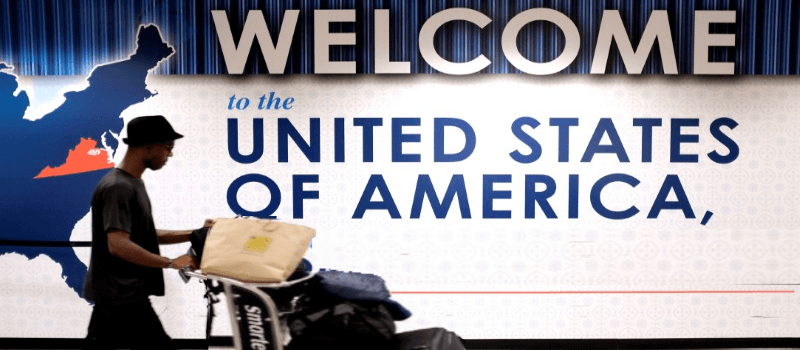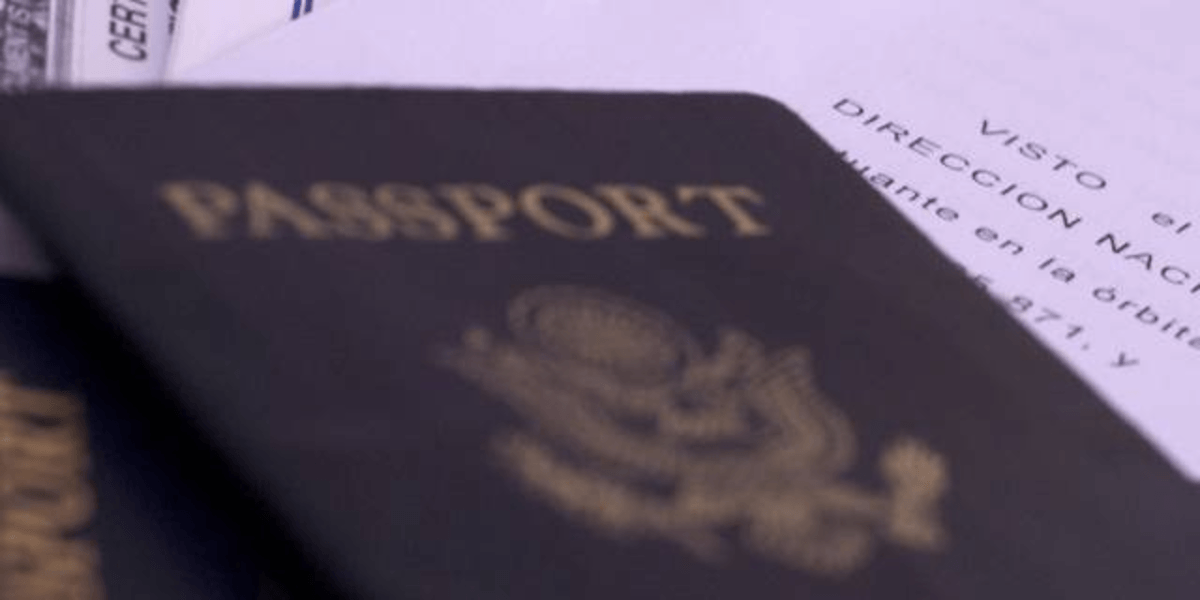U.S. Visas: a guide for LL.M. Students
From the F-1 visa with its I-20 form to the OPT period and the H-1B, basic information for incoming and current LL.M students studying in the United States.

Studying in the United States does not come without some challenges. From securing a F-1 Visa to getting an Optional Practical Training (OPT), and ultimately winning an H-1B for those who wish to complement their LL.M beyond the OPT, it is sometimes complicated to understand your options and can generate unnecessary stress.
This post, which does not substitute legal advice, will give you an overview of the visas available in the United States. Please contact us or leave a comment with any question, we will soon do a Q&A with all your questions.
1. Welcome to America: the F-1 Student Visa

The F-1 Visa is a non-immigrant visa tailored for those who wish to study in the U.S. on a temporary basis.
The I-20 Form: Once you get admitted to an LL.M program, your law school will send you an I-20 form, which is a certificate of eligibility to the F1 Visa. You will need this document when you enter the U.S.
Financial Requirements: One of the major requirements for obtaining that I-20 form is first proving you have the financial requirements of your studies covered. You will need bank statements to prove you’ve got the financial requirements covered. And if it’s a family member or other sponsor who will cover these requirements, they need to provide specific details of how much they are able to cover.
Visa Processing Time: Admitted students are eligible to apply for the F-1 visa as early as 120 days before the program start date. You should apply for your I-20 as soon as you get admitted to your program.
F1 Visa obligations: During your time as an LL.M, you don’t want to violate the terms of your visa. This means you must remain enrolled full-time and need to attend classes. Unless exceptions, you are not allowed to work off-campus. If you don’t maintain your valid F1 visa status, you could be ineligible for OPT.
After the LL.M.: Check out the dates on your I-20, it indicates when your visa will expire. After expiration, you have 60 days to leave the U.S. or to apply to change your visa status.
2. Welcome to the workforce – the Optional Practical Training or ‘OPT’

F-1 visa students in the LL.M. program should apply for Post-Completion Optional Practical Training (OPT) as early at three months before graduation. OPT is a one-year employment authorization related to the field of your study.
Conditions: In order to be able to apply for OPT you must (1) have been enrolled for at least 9 months; (2) be currently in F1 status;(3) in good academic standing; and (4) not have used more than 12 months of OPT in the past. You do not need a job offer in order to be considered for OPT.
Choosing a start date: Be really careful here. The later the date, the ‘longer’ your OPT will last. As a general advice, your start date should be 60 days after your LL.M program ends. It cannot be more than that.
Processing Time: That’s another thing you need to be vigilant with. It can take up to 120 days depending on your situation. You may not legally begin working during this time and we do not recommend traveling outside the U.S. after your program end date if you application is pending.
During your OPT: You must report whenever you start or end a new job or internship. You must also report if your local (U.S.) address changes while you are on OPT. And finally, you are allowed to accrue only up to 90 days of unemployment. Volunteer positions and unpaid internships of at least 20 hours per week in in the field of law count as employment for OPT purposes.
3. Let’s keep this party going- the H-1B

The H-1B Visa is a nonimmigrant classification for temporary employment in a specialty occupation.
A Specialty Occupation: A specialty occupation requires specialized knowledge along with at least a bachelor’s degree or its equivalent. For example, if you work as an attorney, you will need to prove that you have the degree required for the position.
Your employer need to sponsor you: Your employer must initiate the application process on your behalf. Your employer will need to demonstrate that the employer, the position, and the employee meet the criteria for H-1B status.
Filing dates: Your employer must file the application at the beginning of April – not before. In fact, your application should be received during the first 5 days of April.
Lottery: .As of today, the H-1B visa has an annual numerical limit or “cap” of 65,000 visas each fiscal year. There are an additional 20,000 visas for applicants who completed their master’s degree from a US university.(you)
Costs: An H-1B Visa (or H-1B transfer) will cost you around $5000 (including government fees). Immigration lawyer fees should costs $2000 to $3000, while filing fees are around $3000.
The Cap-Gap: The H-1B starts on October 1, so what if your OPT expires before? Your work authorization will be automatically extended if your OPT expires after the filing date on April. If you are rejected, then your extension will end.
Duration: an H-1B visa is granted for three years. It may then be extended for up to an additional three years. There are a few exceptions that allow further extension beyond these six years.
Transfer of H-1B: Technically you can’t transfer your H-1B to another employer. It has to be a new H-1B (without the restrictions this time) and can be filed at any time of the year. You will have to show compliance with the H-1B requirements though.
Conclusion

One recommendation: start well in advance, be transparent with your employer, and well aware of the procedures. This article only provides general information and we would recommend everyone to consult with an immigration attorney for any visa related questions. You can also consult the U.S. Citizenship & Immigration Services.
With this in mind, remember to enjoy your stay in the U.S., and your LL.M program. It is an enriching experience and the visa struggle will soon be part of your adventure.




